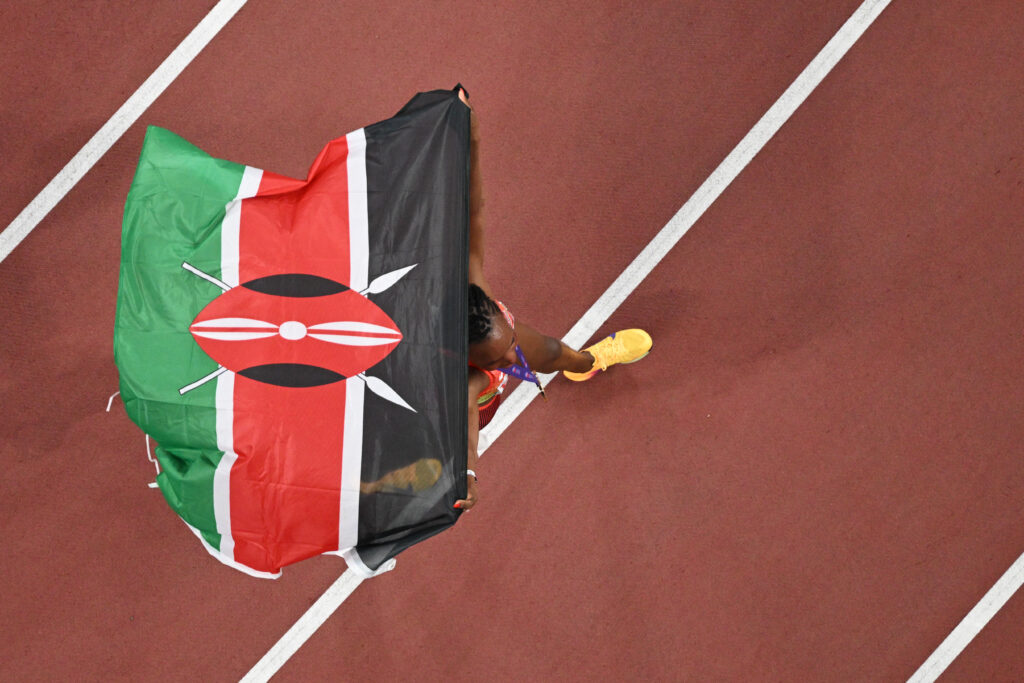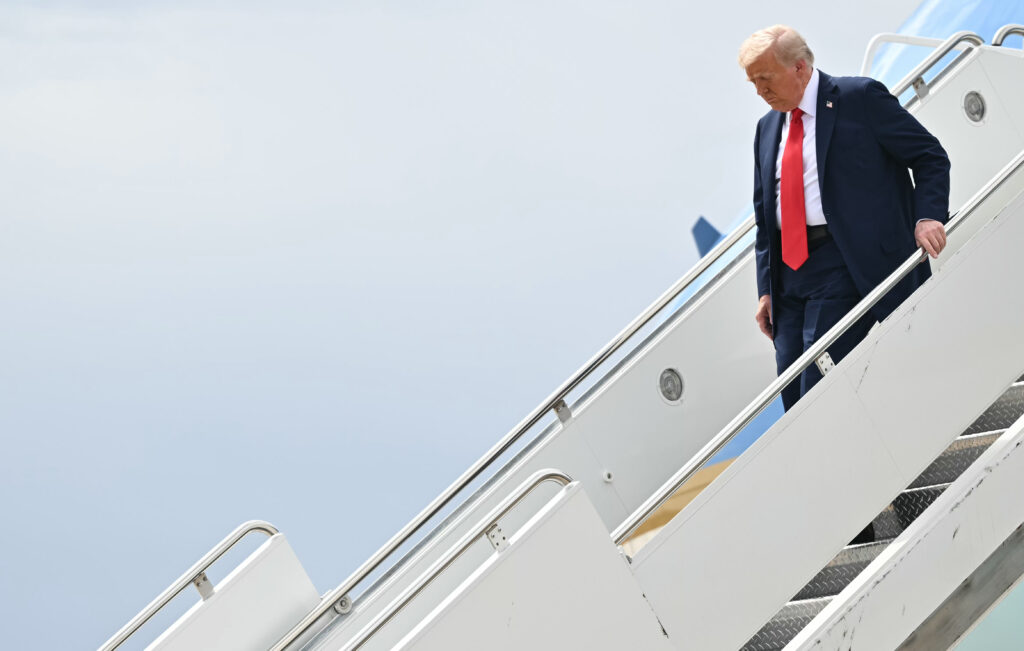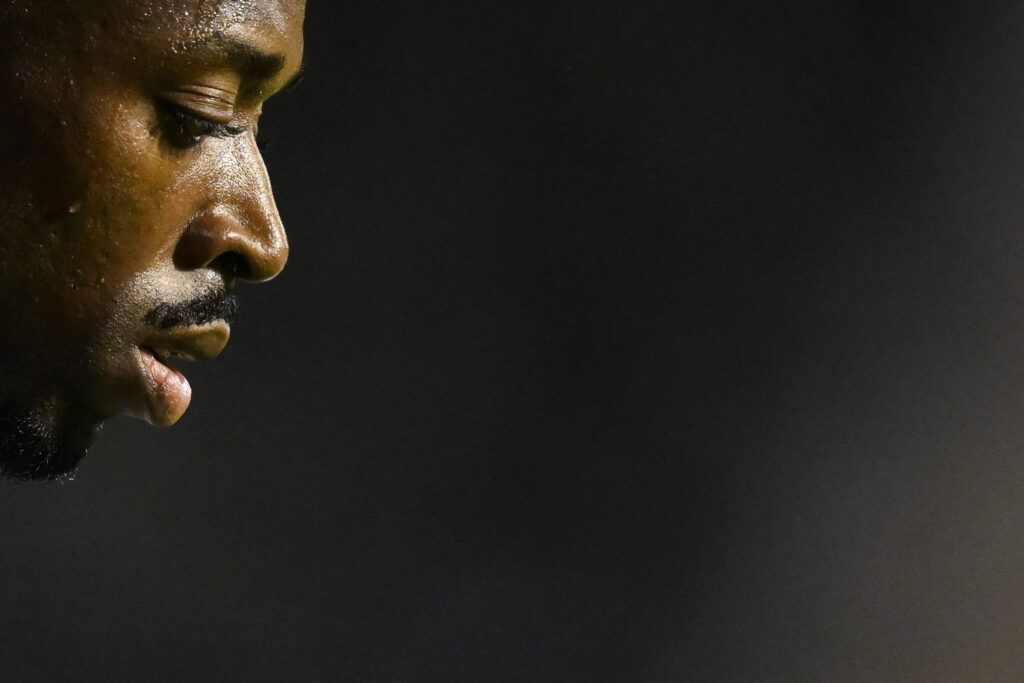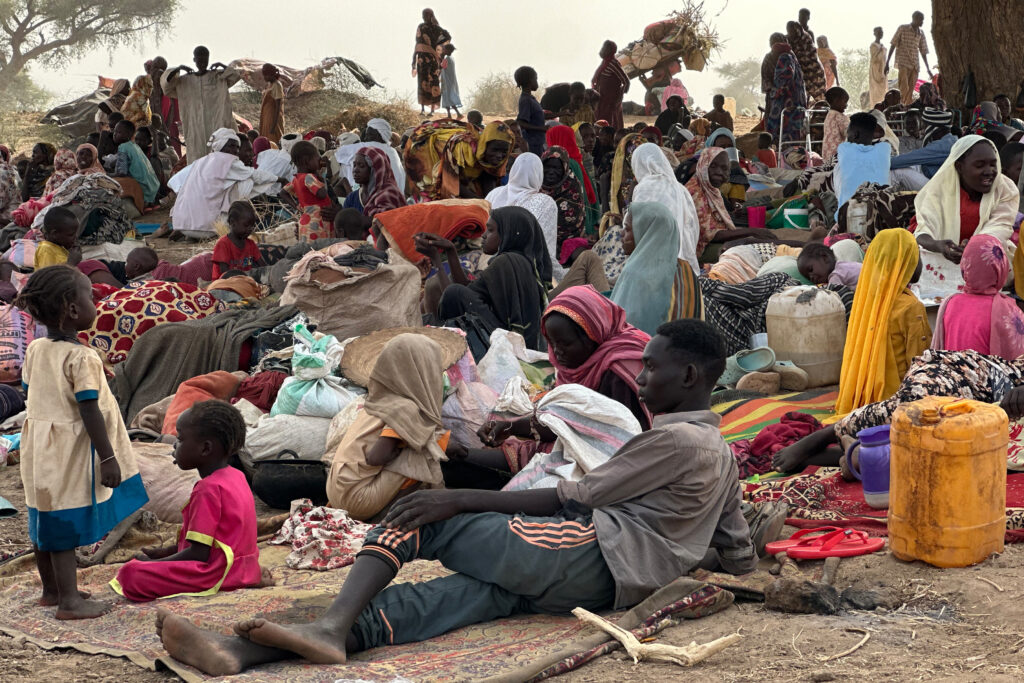Un couronnement individuel pour une saison fantastique? L’attaquant Ousmane Dembélé est le grand favori pour soulever le Ballon d’or lundi soir à Paris, au cours d’une cérémonie qui devrait consacrer l’exercice historique du PSG, champion d’Europe.A partir de 19h30, les joueurs, joueuses et personnalités du monde du football défileront par dizaines sur le tapis rouge du théâtre du Châtelet, au coeur de la capitale, devant d’innombrables caméras et micros.Quelques heures plus tard, le nom d’Ousmane Dembélé devrait sortir de l’enveloppe, pour consacrer l’officieux meilleur joueur de l’année, élu par un panel de journalistes, avant un discours du lauréat, devant les délégations des clubs les plus prestigieux.Le Parisien, un temps dans l’ombre de Kylian Mbappé, depuis parti au Real Madrid, a réalisé une saison de rêve pour gagner la faveur des pronostics, et deviendrait le sixième lauréat français.- Modèle de fair-play -Pendant que Dembélé devrait crouler sous les honneurs, ses coéquipiers du PSG seront sur la pelouse du Stade Vélodrome, pour affronter l’OM, en Ligue 1, dans un “classique” initialement programmé dimanche soir mais décalé de 24h en raison d’intempéries sur la région marseillaise. Actuellement blessé, Dembelé sera présent pour la cérémonie, tout comme son coéquipier Désiré Doué, selon leur entourage.L’international français âgé de 28 ans a été l’un des grands artisans de la victoire historique du PSG en Ligue des champions, complétant un triplé avec le championnat et la coupe de France.D’abord avec ses 35 buts et 16 passes décisives toutes compétitions confondues, mais aussi avec son influence dans le jeu, capable de permuter avec les milieux de terrain ou de conclure dans la surface de réparation. Il est aussi le premier maillon de la chaîne du pressing implacable de l’équipe.Sans être une personnalité médiatique hors norme, Dembélé jouit aussi d’une bonne image et est un modèle de fair-play sur le terrain, l’un des critères regardés par les votants, 100 journalistes de toutes nationalités.”Ousmane, Ballon d’or”, a chanté son entraîneur Luis Enrique en conférence de presse samedi. Son concurrent le plus dangereux? L’Espagnol Lamine Yamal, dont la victoire constituerait cependant une énorme surprise.Le prodige de 18 ans a certes fait forte impression, grâce à ses gestes fous et son aisance magique avec le ballon. Mais ses statistiques sont moins bonnes (18 buts, 25 passes décisives toutes compétitions confondues) et son FC Barcelone a été stoppé en demi-finale de Ligue des champions par l’Inter Milan, que le PSG a ensuite écrasé en finale (5-0). Et puis son image a été écornée cet été avec l’embauche de nains pour une fête d’anniversaire.Loin derrière, les outsiders s’appellent Kylian Mbappé et Mohamed Salah (Liverpool), mais surtout Achraf Hakimi et Vitinha, coéquipiers de Dembélé.Pour éviter une dispersion des voix, le PSG s’est d’ailleurs employé à faire la promotion du seul Dembélé, en premier lieu son entraîneur et son président. Nasser Al-Khelaïfi a même prévenu: “S’il ne gagne pas, il y a un problème. Il a tout fait”.Plus largement, la cérémonie portera la marque du PSG.Le trophée de meilleur entraîneur ne devrait pas échapper à Luis Enrique, bâtisseur d’une équipe rajeunie et terriblement séduisante, que personne ne voyait remporter si tôt la “Coupe aux grandes oreilles”.L’ex-gardien du PSG Gianluigi Donnarumma, parti à Manchester City, devrait remporter le prix Yachine. Et si Lamine Yamal est favori pour le trophée Raymond-Kopa de meilleur jeune, Désiré Doué est un sérieux candidat (double buteur et passeur en finale de Ligue des champions).- Ballon d’or féminin plus incertain -Pour la première fois, la cérémonie offrira tous les équivalents féminins des trophées masculins. Mais la distinction suprême est là plus incertaine.La double Ballon d’or (2023, 2024) Aitana Bonmati, meneuse de jeu du Barça et de l’Espagne, reste très probablement la meilleure joueuse du monde, mais elle a perdu les deux finales européennes, C1 et Euro. C’est aussi le cas pour Alexia Putellas, double lauréate en 2021 et 2022, qui a réalisé une grosse saison mais n’a rien gagné hormis la Liga avec le Barça.En revanche, la défenseuse centrale Leah Williamson ou l’attaquante Alessia Russo, toutes deux Anglaises et joueuses d’Arsenal, ont elles remporté la Ligue des champions face au Barça et l’Euro-2025 face à l’Espagne.Les Françaises, Clara Mateo (Paris FC) et Sandy Baltimore (Chelsea), font parties des 30 nommées mais sont loin derrière les favorites.







